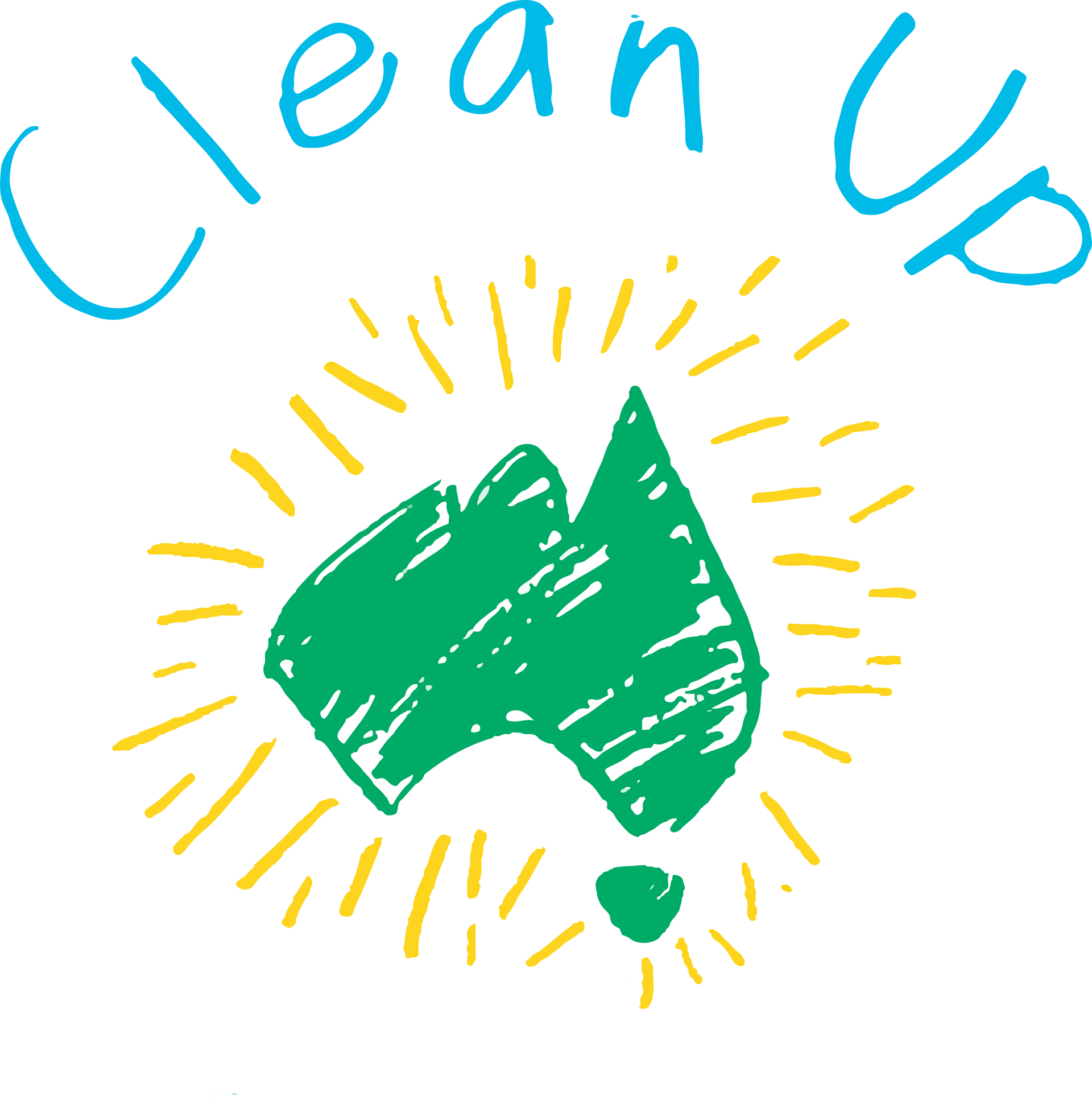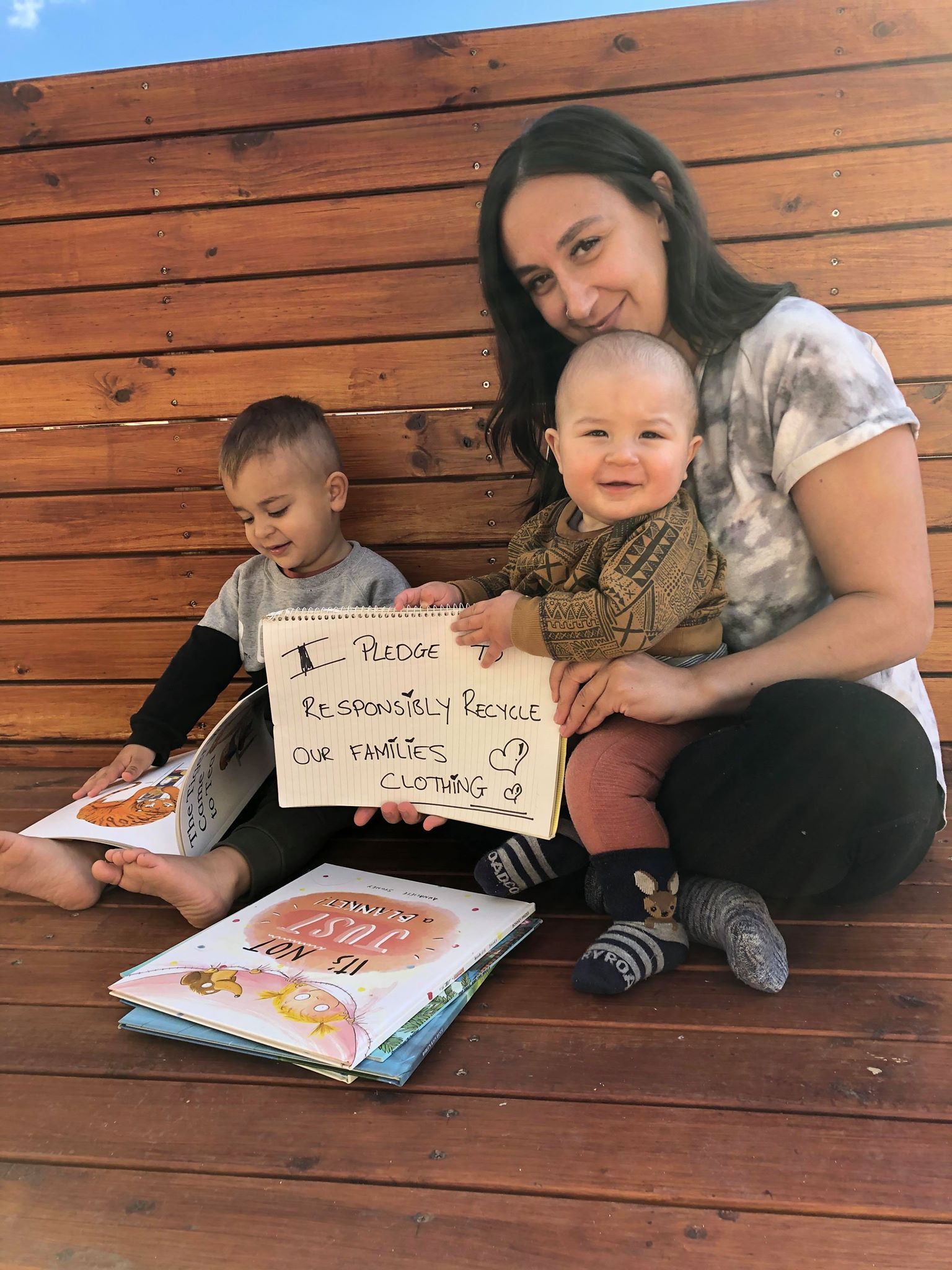Online shopping needn’t cost the earth
How you can step up to deal with packaging waste

Since COVID-19 hit in 2020, online shopping in Australia has risen by 22% in value, according to market research firm Euromonitor. The trend towards buying online was already growing. Australia Post reports that online shopping for the year up to 30 June was almost 32% higher than last financial year. In June 2021 alone, we bought 11% more online than in May. In general, each online purchase uses more plastic packaging than an in-person shopping trip. From groceries delivered in plastic bags to homewares covered in bubble wrap and then mailed in plastic mailers, the volume of plastic packaging being used keeps growing. And then there’s expanded polystyrene foam packaging material, plastic packaging tape, cardboard boxes used only once – not to mention the environmental costs of delivery.
So what are ecommerce businesses doing to address this? And can consumers step up themselves, and also pressure online sellers to do more?
Plastic packaging
There has been a huge increase in the number of online retailers using more sustainable plastic packaging. Take recyclable and compostable mailing satchels. Manufacturers and retailers such as Bonds are committed to moving to using packaging that can be recycled in the REDcycle program.
Better still, many retailers are switching to recycled, biodegradable and compostable materials for mailers. Manufacturers like The Better Packaging Co, HeapsGood and Hero Packaging supply mailers made from cornstarch and vegetable-based material that will break down in compost or landfill. They also supply sticky tape, labels and alternatives to plastic bubble wrap.
There’s strong evidence that consumers are shifting to sustainable. Half of all consumers said they were prepared to pay more for sustainable goods and packaging, Dr Jonathan Baker, senior lecturer in International Business Strategy and Entrepreneurship, Auckland University of Technology, told the ABC. So if you’re a small business or run a side hustle and sell online, make the switch. And if you support small enterprises online, suggest to them that they start using more sustainable packaging, for the planet and their bottom line.
Returns
One of the things we love about online shopping for clothing is that we can try stuff on at home and return it – often for free – if we don’t like it or it doesn’t fit. Dr Baker found that goods bought online are three times more likely to be returned than shop-bought goods, where under 10% are returned. Besides the cost in greenhouse gas emissions from transport and possibly more packaging waste, much of what is returned ends up in landfill.
In the US, technology company Optoro, which helps retailers to process returns, calculated that over 22 million tonnes of returned goods ended up in landfill. In an experiment conducted on Amazon, where GPS trackers were placed inside returned items, four of 12 were resold. The cost of buying three pairs of sneakers and returning two is much greater than we think.
In many cases, sorting and re-packaging the goods is simply too costly and so the items are sent to landfill. A small amount of returned goods is sent to charities. It makes sense to think before you buy. Check the sizing guides, buy less and buy better quality. If you must return something, make sure the tags are intact and the packaging is in good condition – no ripped wrappers or grubby marks.
Homewares and appliances
Online shopping for office furniture, coffee machines, vacuum cleaners, fridges stoves and things for the home have grown hugely in the past 18 months. Many of us have had to move to working from home, and more time around the house and garden have lead us to shop for new appliances and devices. The amount of packaging that accompanies a new stovetop or a comfy lounge is huge.
Many online appliance retailers will now remove and recycle both packaging and your old appliance. Appliances Online, for example, will remove and recycle cardboard, polystyrene, metal and plastic at no extra charge. Other appliance retailers will do so to, at varying costs and with some conditions. So choose one that will take away that old fridge and turn it into something new.
Polystyrene packaging
Expanded polystyrene, or EPS, is that stuff that surrounds the breakable and expensive items you buy online, such as televisions, a new home desk or bottles of wine. It’s made from oil, and is essentially a form of plastic. But you can’t recycle it in your home bin or drop it off at a REDcycle collection point – it must be taken to a dedicated EPS recycling facility, of which there are not many.
Enter a sustainable alternative: wool. Waste wool can be formed into a highly absorbent, insulating packaging material. It’s durability means it can be used many times over before being repurposed (a comfortable dog bed, a weed-killing mat) or composted. Planet Protector Packaging manufacturers Woolpack create their packaging from wool that would otherwise be sent to landfill.
So what can we do to lessen the impact of our online shopping habits and create less waste?
- Buy less, and when we do buy, choose online retailers that use sustainable packaging and collect used appliances etc.
- Don’t buy different colours, sizes or products with the intention of returning those we don’t want.
- Buy in bulk if we can afford to, to cut down on both packaging and transporting goods.
- Check the labels and recycle correctly, using the REDcycle drop-off points for plastics that can be recycled and using our bins correctly for other plastics and cardboard.
- Compost our home compostable plastic mailers and wrapping correctly.
- Contact retailers and encourage them to switch to one of the more sustainable packaging options here.
Alison Hill writes features and web copy from the Blue Mountains west of Sydney.
Did you know everytime you make an online purchase and pay via PayPal, you can choose to donate $1
to Clean Up Australia - small change for you, but those microdonations can add up to big impact for us!
Simply set Clean Up Australia as your favourite charity:
Search for other blog topics:






